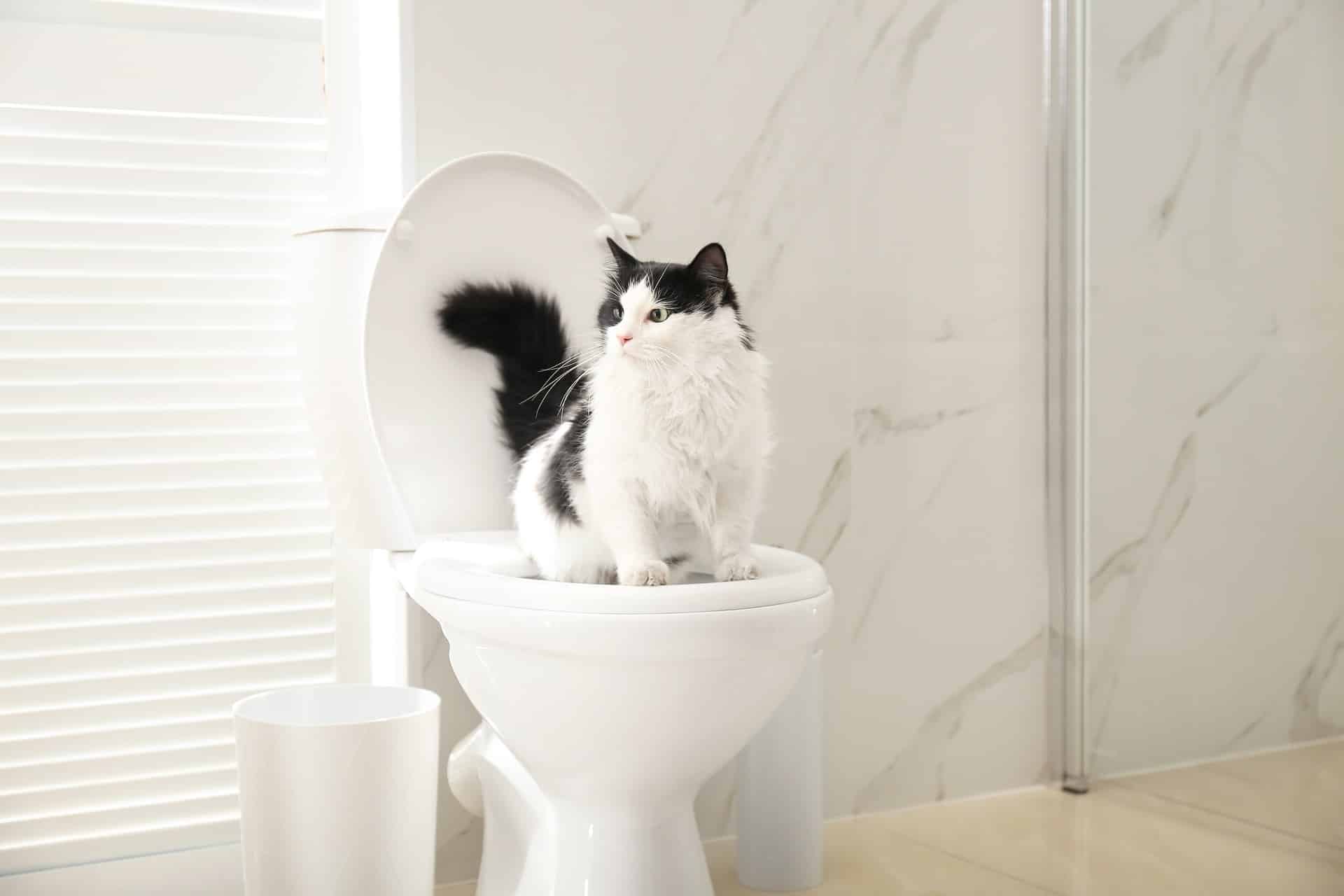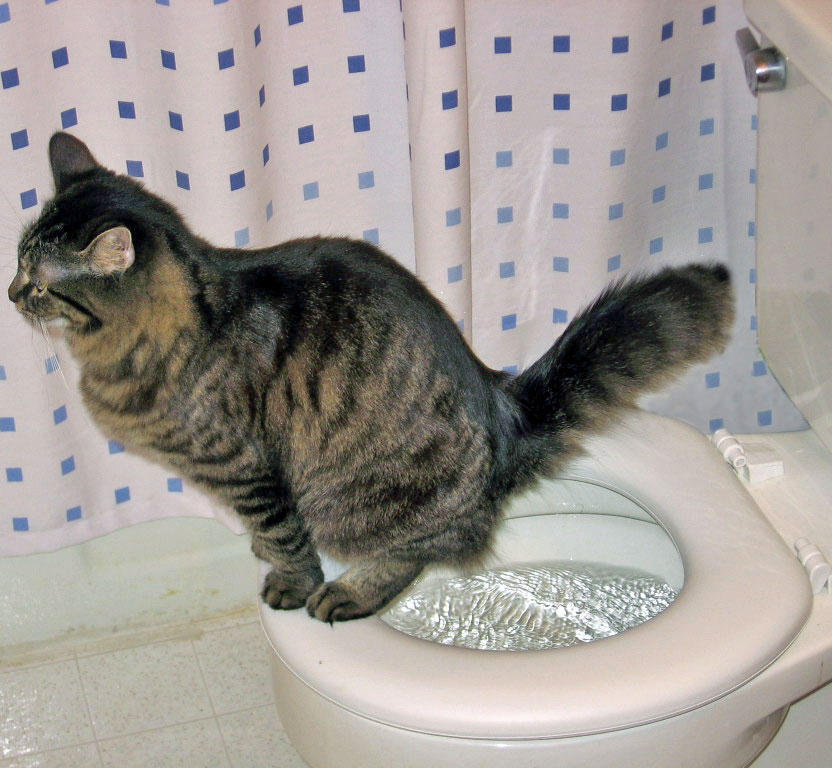Exploring the Harms of Flushing Animal Waste Down the Toilet
Exploring the Harms of Flushing Animal Waste Down the Toilet
Blog Article
What're your thoughts regarding Can You Flush Dog and Cat Poo Down the Toilet??

When it comes to dealing with waste, especially animal waste, many individuals commonly turn to the hassle-free choice of flushing it down the toilet. Nonetheless, this relatively easy remedy can have severe repercussions for the setting and public health. In this short article, we'll explore why flushing animal waste down the commode is a bad concept and provide alternate approaches for proper disposal.
Intro
Appropriate garbage disposal is important for keeping environmental sustainability and public health. While it may appear safe to flush animal waste down the bathroom, it can cause numerous issues, both for the atmosphere and human health.
Dangers of flushing pet waste
Ecological impact
Flushing pet waste introduces dangerous microorganisms and virus right into rivers, which can adversely impact water ecosystems. These pathogens can contaminate water sources and harm marine life, interrupting delicate ecological communities.
Public health worries
Animal waste has harmful bacteria such as E. coli and Salmonella, which can present serious health risks to people. Flushing pet waste down the commode can infect water supplies, resulting in the spread of diseases and infections.
Alternatives to flushing
As opposed to flushing pet waste down the bathroom, there are several alternate disposal methods that are more environmentally friendly and hygienic.
Composting
Composting animal waste is an environment-friendly means to dispose of it. By composting, raw material is broken down right into nutrient-rich soil, which can be used to feed yards and plants.
Garbage dump disposal
Disposing more info of pet waste in a land fill is one more option. While not as eco-friendly as composting, it is a much safer option to flushing, as it avoids the contamination of water sources.
Family pet waste disposal systems
There are customized animal waste disposal systems readily available that safely and hygienically dispose of animal waste. These systems commonly utilize enzymes to break down waste and remove smells.
Steps to correct pet garbage disposal
To make certain appropriate disposal of animal waste, adhere to these steps:
Scooping and nabbing waste
Regularly scoop and bag animal waste using eco-friendly bags. This avoids waste from infecting the environment.
Making use of assigned waste containers
Dispose of bagged pet waste in assigned waste bins, such as garden compost containers or garbage dump containers. Prevent flushing it down the commode at all costs.
Cleansing litter boxes and pet locations regularly
On a regular basis clean litter boxes and pet areas to prevent the build-up of waste and microorganisms. Usage pet-safe cleansing products to preserve hygiene.
Benefits of correct disposal approaches
Adopting correct disposal approaches for animal waste supplies several benefits:
Reduced environmental pollution
Appropriate disposal methods reduce the risk of environmental pollution, securing rivers and ecosystems from contamination
Minimized risk of water contamination.
By preventing flushing animal waste down the commode, the threat of water contamination is significantly decreased, guarding public health.
Improved sanitation and hygiene
Correct disposal techniques advertise better sanitation and health, creating a safer setting for both humans and animals.
Conclusion
To conclude, purging pet waste down the commode is harmful to the environment and public health. By embracing alternative disposal techniques and complying with appropriate waste management practices, we can lessen the negative impact of animal waste and add to a cleaner, much healthier earth.
What To Do With Dog Poo – The Do's And Don'ts Of Disposing Of Faeces
Dog poo bins
Some councils provide dedicated dog waste bins in popular dog-walking areas that can take dog poo that has been bagged but you can legally dispose of dog waste in any public litter bin, as long as it is securely bagged. This also applies to your wheelie bin at home.
Do not flush
Water companies do not recommend flushing dog faeces down the toilet because certain parasites can survive the water processing treatment and are potentially harmful to humans. You should also never consider flushing dog poo that has been bagged down the toilet as the bags will not break down and instead create severe blockages in the sewage system.
In the woods
The Forestry Commission promotes a ‘stick and flick’ method for dealing with waste in the woods. This means finding a stick and using it to flick any poo from off the path so that it is out of the way of other walkers. You could also bury it as long as it is not in an area where there might be livestock.
Livestock
Parasites found in dog poo can be transmitted to livestock if they inadvertently eat infected faeces that has been left on grazing land. This could result in the death of sheep or abortion in cattle so you should always make sure you pick up your dog’s waste in fields where livestock could be present.

On a regular basis clean litter boxes and pet areas to prevent the build-up of waste and microorganisms. Usage pet-safe cleansing products to preserve hygiene.
Benefits of correct disposal approaches
Adopting correct disposal approaches for animal waste supplies several benefits:
Reduced environmental pollution
Appropriate disposal methods reduce the risk of environmental pollution, securing rivers and ecosystems from contamination
Minimized risk of water contamination.
By preventing flushing animal waste down the commode, the threat of water contamination is significantly decreased, guarding public health.
Improved sanitation and hygiene
Correct disposal techniques advertise better sanitation and health, creating a safer setting for both humans and animals.
Conclusion
To conclude, purging pet waste down the commode is harmful to the environment and public health. By embracing alternative disposal techniques and complying with appropriate waste management practices, we can lessen the negative impact of animal waste and add to a cleaner, much healthier earth.
What To Do With Dog Poo – The Do's And Don'ts Of Disposing Of Faeces
Dog poo bins
Some councils provide dedicated dog waste bins in popular dog-walking areas that can take dog poo that has been bagged but you can legally dispose of dog waste in any public litter bin, as long as it is securely bagged. This also applies to your wheelie bin at home.
Do not flush
Water companies do not recommend flushing dog faeces down the toilet because certain parasites can survive the water processing treatment and are potentially harmful to humans. You should also never consider flushing dog poo that has been bagged down the toilet as the bags will not break down and instead create severe blockages in the sewage system.
In the woods
The Forestry Commission promotes a ‘stick and flick’ method for dealing with waste in the woods. This means finding a stick and using it to flick any poo from off the path so that it is out of the way of other walkers. You could also bury it as long as it is not in an area where there might be livestock.
Livestock
Parasites found in dog poo can be transmitted to livestock if they inadvertently eat infected faeces that has been left on grazing land. This could result in the death of sheep or abortion in cattle so you should always make sure you pick up your dog’s waste in fields where livestock could be present.

As an enthusiastic reader on Don't Flush Your Pets Poo Down The Loo, Vet Warns, I figured sharing that excerpt was essential. Please set aside a second to share this post if you appreciated it. Thanks for going through it.
Click Here Report this page